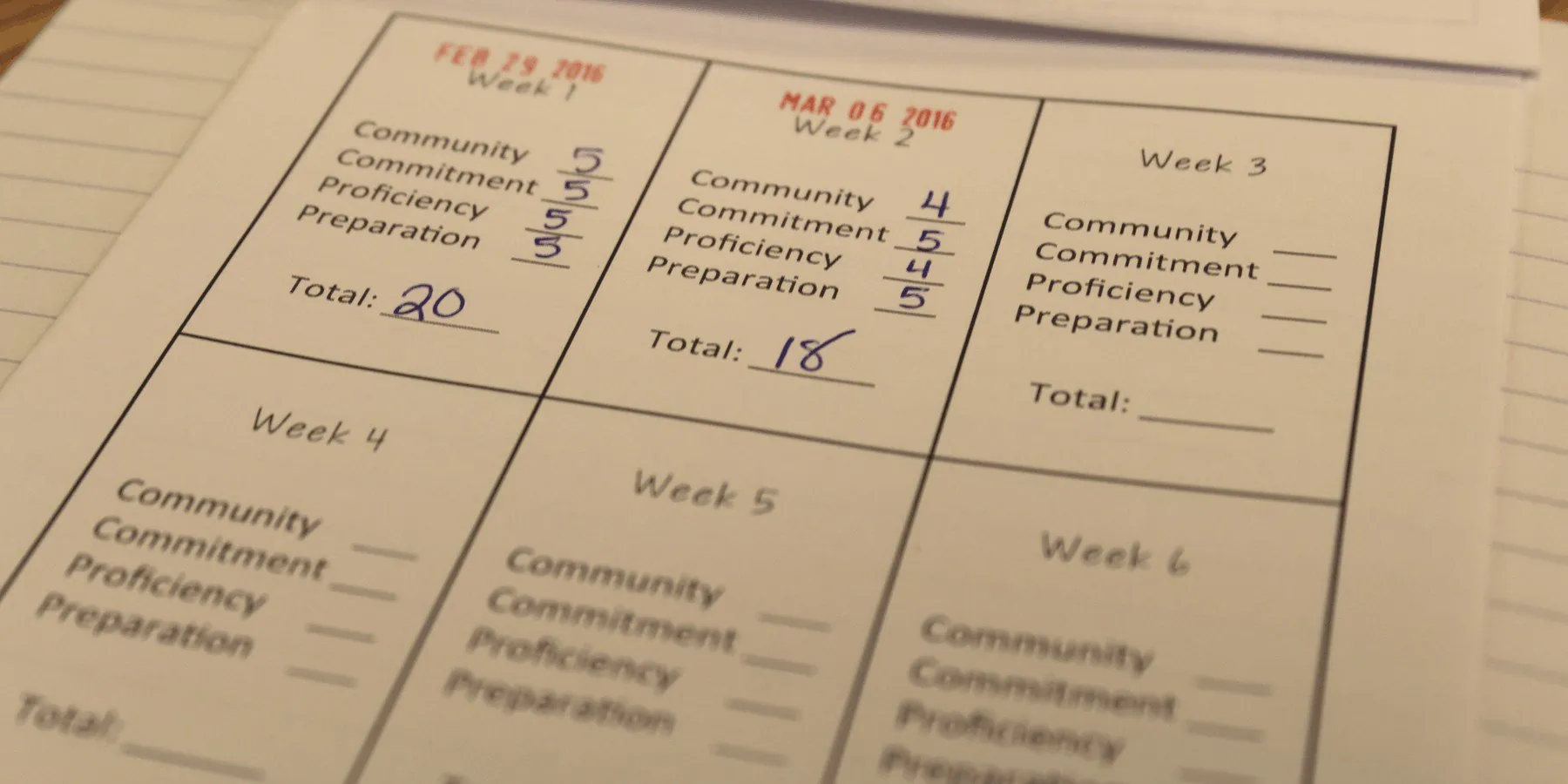5 Steps for Overcoming Social Media Overwhelm as Spanish Teachers
Inside: Dealing with teacher anxiety and overwhelm of social media, as language teachers.
It’s a Tuesday night and I should be sleeping— it’s a long day tomorrow. But I’m not asleep. Instead, I’ve got my laptop propped on my lap, in bed, with Netflix in the background. “Guys, this amazing new app that is changing the way I teach. You HAVE to try it. “Studies show ‘activities’ don’t work. Want your class to acquire Spanish? Cut everything except reading and discussion.” Scroll, scroll. “Ugh. I just overheard the teacher down the hall teaching CONJUGATIONS. Unbelievable.” Scroll, scroll. “Check out these pics of when I brought homemade flan for all 247 students and we made authentic piñatas last week.”“My students all passed the Spanish AP exam and we didn’t even study for it! Wepa!”The internet is so full of helpful information. It’s also a source of guilt, anxiety, and overwhelm. Is it just me? Ya’ll, I’m not even in a traditional classroom right now, and I feel it. I reach for my phone, I scroll, and I’m flooded with amazing ideas. I’m challenged, and learn new things. But this month I’m also feeling the anxiety shoot up… because it’s so much. It’s that time of year when people are dog-tired. And yet our insane teacher-brains are already thinking ahead to August; we’re reflecting and thinking of new ideas. How to not make ourselves go crazy? I’ve decided I really need to take control of my online life… especially social media intake. It’s not that the internet isn’t helpful: the problem is that the pace doesn’t give us space to process all the good info out there, and the good info is usually mixed in with negative stuff. There’s no shortage of ways to feel anxious as a Spanish teacher (dealing with language anxiety for non-native speakers, feeling trapped in a system that isn’t working, or letting go of the textbook and figuring out what comes next.) But just for today, I wanted to address social media and internet overwhelm. Here are some concrete steps I’m taking for June:
1. REMEMBER THAT ANXIETY STARTS WITH ME.
It’s true that the internet age is overwhelming. But times are always changing; that what’s they do. Anxiety is always searching: even if life is pretty great, it will find something to be anxious over. I’m the one with the habit of reaching for my phone in a moment of quiet. I’m the one who sees the homemade flan and feels bad about myself. I have to learn the difference between: “what a good idea— I want to try that!,” and “what a good idea— good for her.” Sometimes we absolutely ought to re-think things or change up certain activities. But hear this: you are not a bad teacher just because someone is doing something good that you’re not doing. Last week, I came across a teacher sharing a proud moment of every student passing the AP exam, and I started to feel bad about myself. Guys, I’ve never even taught AP Spanish.. That’s teacher’s wonderful success has nothing to do with my students, and it’s my choice to let the anxiety in, or be glad and move right along.
2. BE PICKIER ABOUT WHO I FOLLOW.
Put simply, pay attention to what I feel as I scroll. If I’m feeling needless guilt, anger, etc.: UNFOLLOW!! Is it wasting my time? UNFOLLOW! You can always re-follow, later. (Instagram is also rolling out a mute feature– you can take a break without unfollowing if need be.)
3. ADJUST MY GROUP SETTINGS.
I love groups. They’re basically a black hole of fascinating threads for me. Literally, I pick up my phone to see the time, and 20 minutes later I emerge from a discussion about non-targeted CI in the context of post-modern classrooms blah blah blah. I love it and learn, but I’m just not very good at controlling myself. For Facebook, there’s this cool option now: Snooze this group for 30 days. WHAT? So, when it’s a Friday night and you have a glass of wine, go ahead and indulge yourself in all the rabbit trails you want. You don’t have to leave groups, and you can scroll or search whenever. But most of them are not popping up in my feed for the month of June.
4. BE MORE INTENTIONAL ABOUT GETTING INFORMATION.
Don’t be a mindless scroller, like me. Instead of just seeing bits of information and acronyms floating around, consider buying a book or attending a conference to help get oriented. The problem with social media and blogs (even mine!) is that we get bits of information and it can feel chaotic. Alternatively, take some time this summer to really sit down and read through some of favorite blogs. There are really good, informational blogs, but if you just stick to articles that show up on your feed you might be missing out. Podcasts are another option for more curated information, without wasting time. (Check out Language Latte, Tea with BVP, and Inspired by Proficiency.) And remember that Pinterest is a good way to tuck away things for later, especially if you have super-specific boards. You don’t have to research all the good thing right now, just because they showed up in your feed.
5. KNOW THAT YOU CAN’T DO ALL THE GOOD THINGS.
I am good at thinking of systems and ideas, and I’m terrible at follow-through. I HAVE TO KEEP IT SIMPLE! (And here’s a dirty little secret that might help: bloggers write about ideas we don’t follow through on.) Even so, there are a LOT of ideas out there. Really good ideas. So many ideas, in fact, that you could never implement them all into a classroom. I recommend first being sure of your philosophy: how do YOU believe students acquire language? What do they NEED to acquire it? If you are very sure on those things, you can choose your methods, strategies, and activities with peace of mind. You can more quickly see an activity and know whether to reject or embrace it. In my opinion, there are right and wrong ideas about how students need input to grow in proficiency. But there is great freedom in the actual activities you plan for providing that input. Novels, storytelling, storylistening, story asking, weekend talk, art, games, story-book projects, authentic songs, accountability for speaking in class, Spanish movies and shows, passwords, brain breaks, class jobs, Spanish podcasts— they are all activities and ideas that I like and respect. I just don’t do all of them! And I certainly didn’t try implementing all of them at once, as a newbie. Focus on the activities that work with your students. Start with the ones that bring life to your teaching, and slowly add or drop as you go. I hope this helps and I would love to hear what’s been helpful for you in reducing stress as a teacher!
Like it? Pin it!








This is really great! I think you hit the nail on the head, so to speak, with what many of us feel when try to take on too many new ideas at once. This post helped me to keep perspective and set some goals heading into next year! Gracias! 🙂
Yes! It’s so much better to do something good– thoroughly– than be inspired by all the fancy stuff and do it halfway.